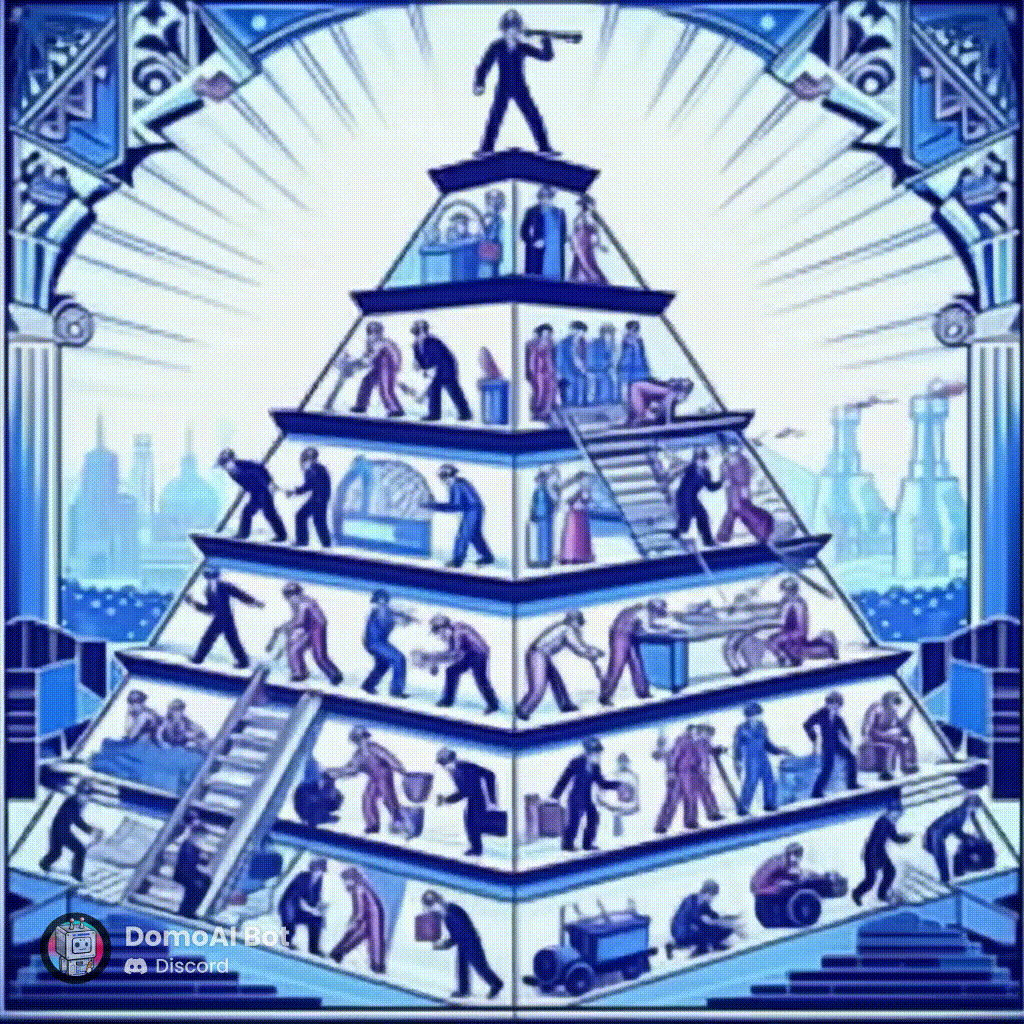Think before you think
Think b4 U think
.
Intro Goals Train Action Cases Review

Intro

This is a course to try and improve some aspects of anyone's ability to handle situations that they find challenging. All aspects are common sense but hopefully integrated in a way that will make them easy to digest. The basic premise is that difficulty in handling situations arise from freezing and not having an adaptive response. In this course we break the problem down using images that are simple and memorable and attached to a process that when practised will provide a default sensible way of handling situations. Initially, we break the problem into sections to make it digestible: goals, training, events, review and test cases. Within each of the above we further break the problem into the various actors: who, what, why, where, when and how and further take a slant or view on each of these. Ideally the event should become natural and make social interactions pleasurable and interesting.
Who What Why Where When How
We break the problem into parts and within each part into . We think that each part should be understood clearly and we provide ideas within the system of how to attack or understand an area. Unfortunately people have a way of shortcutting their thoughts and within each area we further encourage an understanding of a particular view that might be taken. When people examine situations they examine situations in terms of their own thoughts on the situation instead of standing outside and seeing what is really happening. We use the reflection view to remind us of this: there is a technique in painting where the image to be recreated is reversed forcing one to actually examine the image instead of examining our previous interpreting of the image where we are examining our existing understanding of the situation instead of the external situation.
.
Taking a view
Just for font
Here we look from different angles at a problem. Everyone brings their prejudices and we encourage you to understand some of them

Our pyramid view says what is the ideal view.

Our reflection says to take a view from another viewpoint: reflect the view from someone else's position.

The multiple pyramids are to suggest the connections to other systems and people.

Here we look at the structure of the system including the costs and flaws.


See another way to do things.

Is a view ignoring becoming overwhelming and causing a distorted view.






